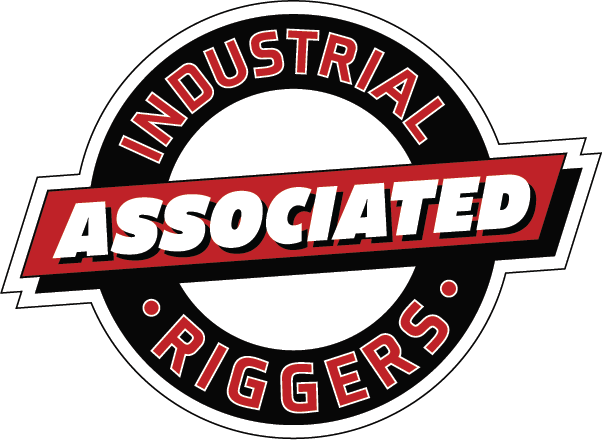How to Choose the Right Orlando Crane Rental for the Job
How to Choose the Right Orlando Crane Rental for the Job
When it comes to construction, one of the most important things to consider is choosing the right crane for the job. Depending on the scope and size of the project, there are different types of cranes that would be more suitable than others. In this blog post, we will go over some of the different types of cranes and when you should use them to help you decide on the right Orlando crane rental for the job.
Decide the maximum weight capacity you’ll need for an Orlando crane rental
When you’re planning a construction project, one of the first questions you need to answer is how much weight your crane will need to lift. This will determine the size and type of crane you’ll need to rent or purchase. But how do you determine the maximum weight capacity you’ll need?
- Know the total weight of all materials that need to be lifted. This includes the weight of the materials themselves as well as any containers or packaging they’re in. If you’re not sure of the exact weight, ask your supplier for an estimate. It’s always better to err on the side of caution when it comes to lifting heavy objects.
- Add 10% to that total for unforeseen contingencies. This will account for unexpected delays or errors in estimation. Again, it’s better to be safe than sorry when it comes to lifting heavy objects.
- Find a rental crane that has a maximum capacity at least 10% greater than your estimated total weight. This will allow for a margin of error and give you some wiggle room in case something unexpected happens during your project.
- That’s it! Now you know how to determine the maximum weight capacity crane you’ll need for your project. All that’s left is to find a reputable provider and get started on your construction project.
Consider the terrain – is it flat or hilly?
If you’re working in Central Florida, you’ll more than likely be working in a flat area although so just about any type of crane will do. However, if you’re working in an area with hills or other difficult terrains, then it’s important to choose a crane that is specifically designed for that type of terrain. Off-road cranes have special features that allow them to operate safely and effectively in rougher conditions.
So when choosing a rental crane for your next project, be sure to take into account the type of terrain you’ll be working on. It could make all the difference in the success of your project.
Choose an electric or diesel crane
Both cranes have their pros and cons, so it’s important to understand the key differences before making a decision.
Diesel Cranes
Diesel cranes are the most common type of crane used in construction and heavy industry. They’re powered by diesel engines, which are known for being durable and powerful. One of the biggest advantages of diesel cranes is that they can operate for long periods of time without needing to refuel. This makes them ideal for projects that require continuous operation, such as loading and unloading ships at a port.
Another advantage of diesel cranes is that they’re less expensive to operate than electric cranes. This is because diesel fuel is typically less expensive than electricity, and diesel engines are more efficient than electric motors. However, diesel cranes do emit more emissions than electric cranes, so they may not be the best choice for projects in environmentally-sensitive areas.
Electric Cranes
Electric cranes are powered by electricity from batteries or a nearby power source. One of the biggest advantages of electric cranes is that they produce zero emissions, making them a more environmentally-friendly option than diesel cranes. Electric cranes are also quieter than diesel models, which can be beneficial if you’re working in a noise-sensitive area.
Another advantage of electric cranes is that they tend to be lighter and more compact than diesel models, making them easier to transport and set up. However, one downside of electric cranes is that they require frequent refueling, as batteries only last for a few hours of continuous operation. Electric cranes are also more expensive to operate than diesel models, due to the higher cost of electricity.
Determine if you need a mobile or stationary crane
There are two main types of cranes: mobile and stationary. Mobile cranes can be moved from one location to another, while stationary cranes are designed to stay in one place. Within these two categories, there are further subcategories depending on the specific needs of your project.
For example, if you will be working on a construction site with a lot of tight spaces, you will need a compact crane that can maneuver in small areas. If you are working on a project that requires lifting heavy loads, you will need a stronger crane with more power. And if you are working in an area with rough terrain, you will need a crane that is designed for off-road conditions.
There are many factors to consider before choosing a crane for a job, but hopefully this blog post has helped give you a better understanding of some of the different types of cranes and when you should use them. If you have any further questions or would like help choosing a crane for your next project, please don’t hesitate to contact us!
With so many factors to consider, choosing the right crane for your job site can seem like a daunting task. However, by keeping these three factors in mind—project size and scope, type of terrain, and weight of loads—you can narrow down your choices and find the perfect crane for your construction project. Contact us today to for an Orlando crane rental.
